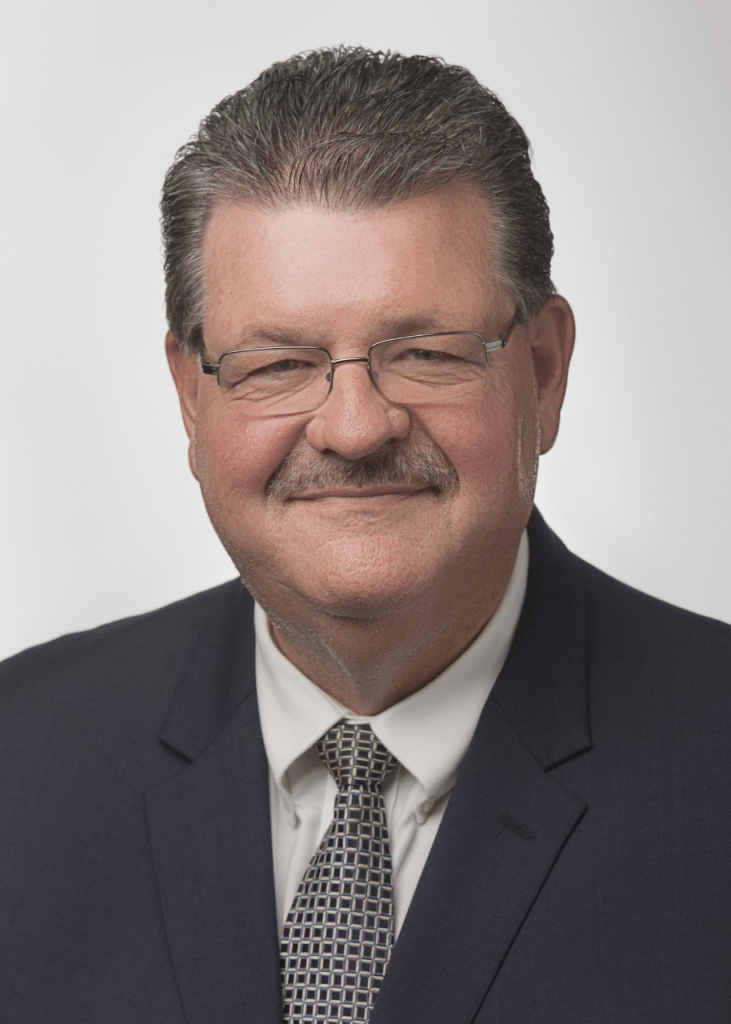The new policy regarding Home Equity Conversion Mortgage (HECM)-backed Securities (HMBS) announced last week by Ginnie Mae may not be a game-changer when taking stock of longstanding back-end challenges facing the HMBS program, but it’s certainly a step in the right direction.
This is according to Ted Tozer, former president of Ginnie Mae during the Obama administration and current nonresident fellow of the Housing Finance Policy Center at the Urban Institute.
Tozer has spoken in the past about back-end issues with the reverse mortgage business, previously noting in 2022 that he was concerned the industry was “teetering on collapse” due to back-end issues with Ginnie Mae securities issuers. While this most recent policy change isn’t a silver bullet to fix those issues, he does see it as a step in the right direction.
Ginnie Mae on Friday announced that it will now allow for the securitization of multiple participations related to a particular HECM in any one issuance month, an effort designed to “enable issuers continuous access to capital market sources of funding to securitize HMBS participations throughout the month” which is hoped to “improve issuer liquidity and strengthen this important program for America’s seniors,” according to incumbent Ginnie Mae President Alanna McCargo.

For Tozer, the incident that paved the way for this policy change was the failure of Reverse Mortgage Funding (RMF), he explained.
“What financers understood was that if you lend money to an issuer for them to make draws, [then] before you get an opportunity to get them put into a tailpiece of HMBS, you’re really unsecured,” Tozer said. “That shocked the industry because they thought that they had secured those advances that they were making.”
Ginnie Mae recognized such an issue shortly after RMF failed and took action, and most recently demonstrated a willingness to continue addressing these issues, Tozer said.
“What Ginnie Mae is doing is they’re letting them take the advances they’re making […] and basically creating the tailpiece of the HMBS multiple times throughout the month,” he said. “So at that point, the crediting goes from an unsecured lending [item] to the issuer then actually owning a Ginnie Mae HMBS that is guaranteed by the government.”
That way, if the issuer fails, then their exposure to the risk of loss is reduced, especially compared with the prior policy.
“When they were allowed to secure a tailpiece once a month [under prior policy], you had quite a bit of risk if you were a lender [related to] any monies that you would have lent to an issuer,” Tozer said. “So this way, if you’re securitizing your tailpieces once a week, then the amount of exposure is cut [significantly]. That’s the reason Ginnie Mae did this: it was to make financiers feel more comfortable lending to HMBS issuers.”
In August, Tozer drew attention to back-end issues facing the HMBS program in a column he wrote for the Urban Institute, primarily due to the Ginnie Mae requirement that requires HECM servicers, which included RMF, “to purchase loans from Ginnie Mae’s securitization pools once the balance on their loan is at least 98% of the maximum claim amount,” he wrote.
That same issue continues to put the wider reverse mortgage industry at risk, but the new policy certainly counts as a step in the right direction. When asked if it constituted a “baby step,” Tozer agreed.
“I think it is a baby step,” he said. “But what it’s doing is it’s giving comfort to the creditors of the HMBS issuers. Because after RMF’s [bankruptcy] happened, and all the money that people had lent RMF for these advances and to pay for [borrowers’] draws, they lost it all. Because once Ginnie Mae took the collateral, they took all the collateral, including what had been paid out to the senior.”
This made lenders reluctant to lend to HMBS issuers, he said, but this change could make a difference on that front.
“By making this change, it allows for more stable funding for [borrower] draws and for the monies that happen throughout the month,” Tozer said. “As you’re paying your FHA premiums and you’re paying seniors for the draws, you’re able to get that funding.”
The new change should also emphasize for the wider industry that Ginnie Mae is taking steps where it can under its authority to provide support to issuers, Tozer added.
“What you can take back on this is that Ginnie Mae is concerned about the viability and strength of the [HMBS] program, and they’re doing whatever they can to support the industry,” he said. “So I think this indicates, again, that once somebody becomes aware, [Ginnie Mae] is trying everything it can to try to use its authority to give as much support as it can to issuers.”





